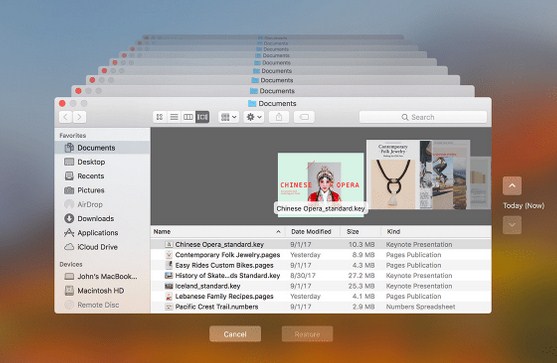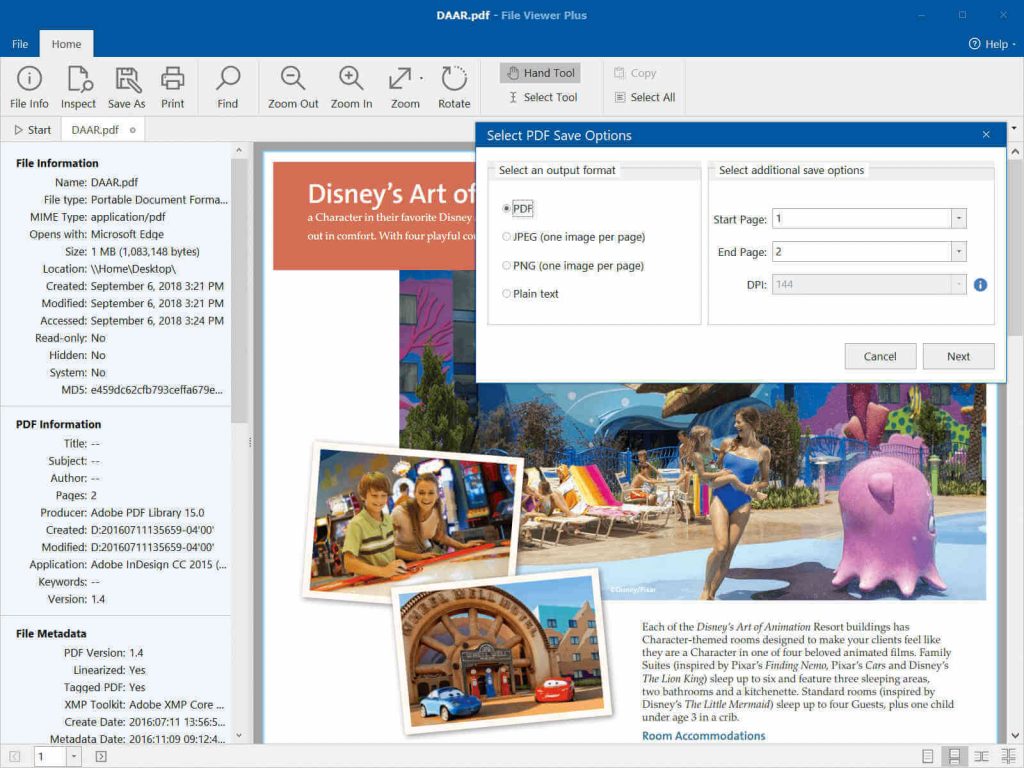
As mentioned before, you should not manually change or delete anything in these folders unless you know exactly what you are doing.Īlternatively, you can also change the current working directory on the command line to the temporary directory from the command line with a simple cd command: Inside $ TMPDIR you will find all kinds of media caches and other files. Notably, $ TMPDIR is not protected by System Integrity Protection (meaning whether SIP is enabled or disabled, you can still change, edit, delete, and write to that folder), so be careful as many files and items in the $ TMPDIR will be active.

You can immediately open and open the Temp folder in a new Mac OS Finder window by using the ‘open’ command and pointing it at the $ TMPDIR environment variable as follows: TMPDIR = / var / folders / g7 / 2du11t4_b7mm24n184fn1k911300qq / T / How to Open and open the Temp folder in Mac OS This will also reveal the same TMPDIR path by printing something like the following: To be thorough, you can also use printv to print environment variables and use grep like this: In this case, the path to the macOS temporary folder is “/ var / folders / g7 / 7du81ti_b7mm84n184fn3k910000lg / T /” If you screw in some way up and delete a critical system file or folder, you must follow these instructions to recover deleted system files by reinstalling the macOS system software. Īgain, do not try to change anything manually or delete files in the temporary folders of the Mac OS system.

If for any reason you want to clear the temporary item files on a Mac, just restart the computer to use system-level temporary files, while user-level caches and temporary files can be manually cleaned if needed for some reason.

Hardly anyone should dig into the temporary folders of macOS / Mac OS X, and you shouldn’t try to manually delete data from any of the tmp folders as you could break something or crash it completely up your system installation, or an app, or even active document data, causing data loss, or reinstalling Mac OS X / or reinstalling macOS, or restoring from a backupup. This probably goes without saying, but this is only intended for advanced Mac users. This one tutorial will show you where the temporary folders are on Mac OS and how to access them.


 0 kommentar(er)
0 kommentar(er)
